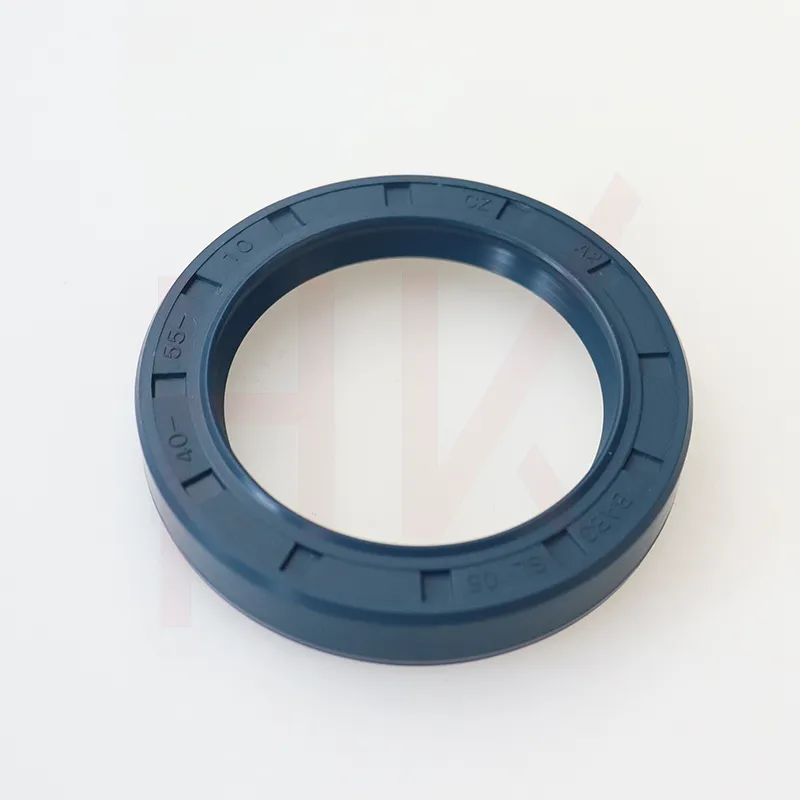Dec . 07, 2024 09:05 Back to list
hydraulic cylinder wipers
Understanding Hydraulic Cylinder Wipers Their Importance and Functionality
Hydraulic cylinders are integral components in various industrial applications, providing the force necessary for a multitude of tasks. One critical yet often overlooked element of these systems is the hydraulic cylinder wiper. These wipers play a vital role in ensuring the longevity and efficiency of hydraulic cylinders by preventing contaminants from entering the hydraulic system.
What Are Hydraulic Cylinder Wipers?
Hydraulic cylinder wipers, also known as rod seals or scraper seals, are designed to remove debris, dirt, and moisture from the exterior of the hydraulic cylinder rod as it retracts into the cylinder. These wipers are usually made from durable materials such as polyurethane, nitrile rubber, or fluorocarbon composites that can withstand harsh operating environments. They are engineered to maintain a tight seal while allowing for smooth movement of the rod, ensuring that contaminants do not penetrate the hydraulic system.
The Importance of Wipers in Hydraulic Systems
The primary function of hydraulic cylinder wipers is to protect the internal components of hydraulic cylinders from contaminants. Contaminants such as dirt, dust, and water can cause significant damage to the hydraulic system. When particles enter the system, they can lead to abrasion of seals, increased wear on components, and ultimately system failure. This not only results in costly repairs but also can lead to unexpected downtime, affecting productivity.
By incorporating wipers into the hydraulic cylinder design, operators can significantly reduce the likelihood of contamination, thus extending the service life of the cylinder and its components. This is particularly important in industries such as construction, manufacturing, and agriculture, where hydraulic systems are frequently exposed to harsh conditions and contaminants.
How Do Hydraulic Cylinder Wipers Work?
Hydraulic cylinder wipers function by creating a barrier that prevents contaminants from entering the cylinder while allowing the smooth operation of the rod. When the rod extends, the wiper expands and adjusts to the rod's movement, effectively “scraping” the surface and dislodging any particles that might adhere to it. As the rod retracts, the wiper forms a tight seal against its surface, ensuring that any debris is removed before it can enter the hydraulic system.
The design of the wiper is crucial to its effectiveness. A properly designed wiper will have the appropriate hardness and flexibility to conform to irregularities on the rod's surface while maintaining a constant pressure against it, which helps to keep contaminants out.
hydraulic cylinder wipers

Selecting the Right Wiper Material
Choosing the right material for hydraulic cylinder wipers is essential. Factors to consider include
1. Operating Environment The material must withstand the specific environmental conditions such as temperature extremes, exposure to chemicals, and UV light.
2. Rod Material and Finish The wiper should be compatible with the rod material to minimize wear and prevent damage.
3. Fluid Compatibility The wiper material should be resistant to the hydraulic fluid used in the system to prevent degradation.
4. Operating Speed High-speed applications may require wipers with specific designs or materials to reduce friction and wear.
5. Contamination Level In environments with high levels of debris, robust wipers designed for maximum scraping efficiency will be essential.
Conclusion
Hydraulic cylinder wipers are a small but crucial component in the efficiency and longevity of hydraulic systems. Their role in preventing contamination and maintaining smooth operation cannot be overstated. By selecting the right wiper materials and designs, operators can enhance the performance of their hydraulic cylinders, reduce maintenance costs, and minimize downtime. Investing in high-quality hydraulic cylinder wipers is not just a maintenance strategy; it is a vital step towards ensuring operational reliability in any industry that relies on hydraulic systems.
-
Unlocking the Potential of Hydraulic Systems with Essential Sealing Solutions
NewsAug.06,2025
-
Unleash the Power of Your Hydraulic Systems with Our Premium Seal Kits
NewsAug.06,2025
-
Specialized Hydraulic Seal Kits for Breakers, Pistons, and Presses
NewsAug.06,2025
-
Revitalize Hydraulic Systems with Premium Repair and Seal Kits
NewsAug.06,2025
-
Fortify Your Cylinders with Premium Sealing Solutions
NewsAug.06,2025
-
Elevate Hydraulic System Reliability with Specialized Seal Kits
NewsAug.06,2025
-
TCN Oil Seal Metal Ring Reinforcement for Heavy Machinery
NewsJul.25,2025
Products categories
















